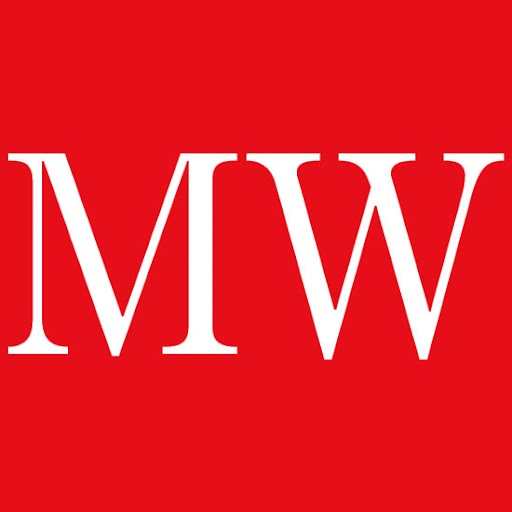Yield spread
Bonds that are not government securities are evaluated by the market on the basis of the difference between their yield and the yield of a comparable government bond. That difference is called a spread
Bonds range in quality from government bonds (least likely to default) to corporate debt to junk bonds (most likely to default). The riskier the bond's issuer, the greater the yield investors can expect.The yield is the interest paid by the bond's issuer until it matures, calculated as a percentage of its face value.
Bonds that are not government securities are evaluated by the market on the basis of the difference between their yield and the yield of a comparable government bond. That difference is called a spread. If a ten-year corporate bond is trading at a yield of 7% and the ten-year US Treasury note is trading at a yield of 5%., the corporate bond is said to offer a 200 basis point spread (100 basis points equal 1%).
MoneyWeek
Subscribe to MoneyWeek today and get your first six magazine issues absolutely FREE

Sign up to Money Morning
Don't miss the latest investment and personal finances news, market analysis, plus money-saving tips with our free twice-daily newsletter
Don't miss the latest investment and personal finances news, market analysis, plus money-saving tips with our free twice-daily newsletter
Get the latest financial news, insights and expert analysis from our award-winning MoneyWeek team, to help you understand what really matters when it comes to your finances.
MoneyWeek is written by a team of experienced and award-winning journalists, plus expert columnists. As well as daily digital news and features, MoneyWeek also publishes a weekly magazine, covering investing and personal finance. From share tips, pensions, gold to practical investment tips - we provide a round-up to help you make money and keep it.
-
 MoneyWeek news quiz: How much can you win in Premium Bonds?
MoneyWeek news quiz: How much can you win in Premium Bonds?Quiz Premium Bonds, ChatGPT, and the start of the festive season all made headlines this week. How closely were you following the news?
-
 Salary sacrifice pensions cap: 3.3 million workers to be hit by contribution limits
Salary sacrifice pensions cap: 3.3 million workers to be hit by contribution limitsThe government has revealed further details of its controversial cap on pension contributions through salary sacrifice. Here is how the changes could affect you

